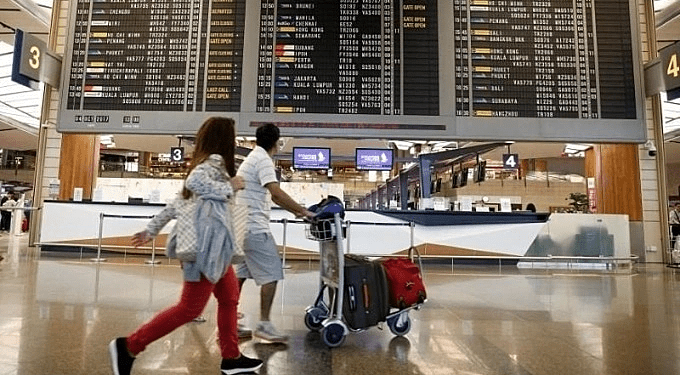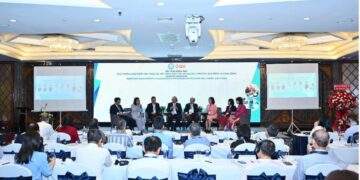This will apply to tickets sold from April 1, 2026, for flights departing from the city-state on or after Oct. 1, 2026, the Civil Aviation Authority of Singapore announced on Monday.
The specific amount depends on travel class and destinations, which are classified into four geographical bands with progressively higher levies, as reported by Channel News Asia.
Travelers heading to locations in Band 1, which covers Southeast Asia, will pay S$1 more for an economy or premium economy class ticket and S$4 for business or first class.
Band 2 passengers bound for Northeast Asia, South Asia, Australia and Papua New Guinea will pay S$2.80 and S$11.20 more, respectively.
The levies are S$6.40 and S$25.60 for Band 3, which includes Africa, Central and West Asia, Europe, the Middle East, the Pacific Islands and New Zealand.
Band 4 passengers flying to the Americas will pay S$10.40 and S$41.60 more.
Passengers transiting through Singapore will not be subject to the levy. For flights with multiple stops, the charge will be calculated based on the next destination after leaving the city-state.
For cargo, the levy ranges from S$0.01 to S$0.15 per kilogram, based on the same geographical bands used for passenger flights, according to The Straits Times.
The levy will also apply to general aviation, which includes flights for private and non-commercial purposes, and business aviation, such as private jets and chartered flights.
The levy was first introduced in 2024 as part of the Singapore Sustainable Air Hub Blueprint for how to reach net-zero aviation emissions by 2050.
“As a global air hub and a council member of the International Civil Aviation Organisation, Singapore takes its environmental responsibilities seriously,” Han Kok Juan, the aviation authority’s director-general, said on Monday, as quoted by The Business Times.
“We are taking firm, considered steps to play our part while maintaining the competitiveness of the Singapore air hub.”
Unlike green fuel mandates or incentive programs adopted in other countries, the levy works on a “fixed cost envelope,” meaning it will remain unchanged even if sustainable aviation fuel prices fluctuate in 2026, Han noted.





